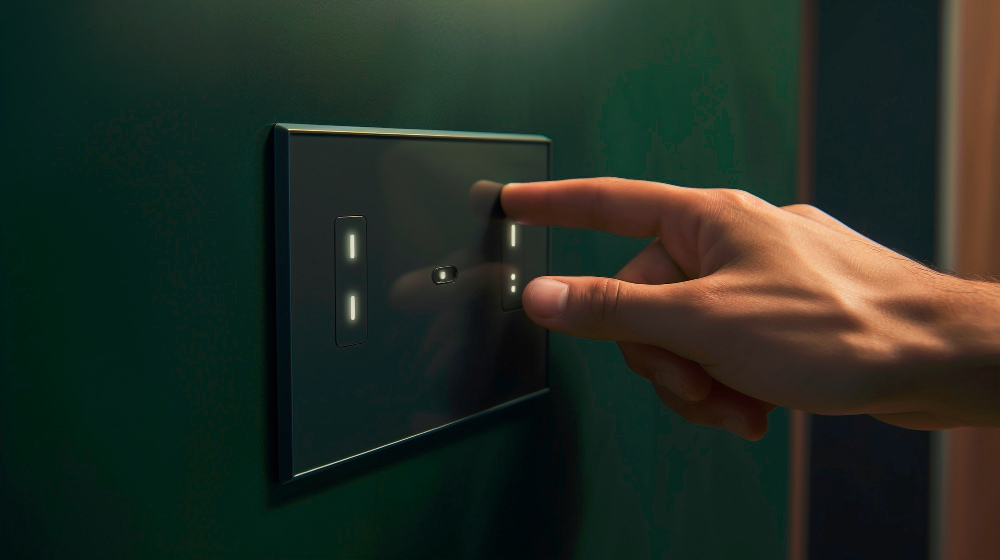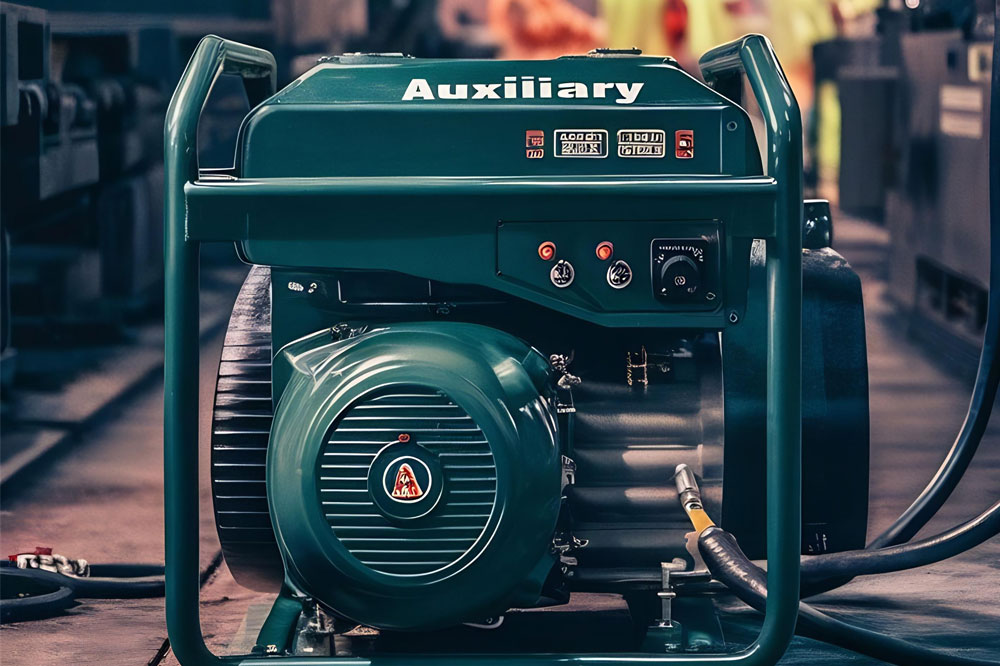Last Updated on August 28, 2024 by hamid_firuzi
When a power outage strikes, the immediate concern is often how to keep the essentials running. Whether it’s a refrigerator full of food, medical equipment, or simply the lights and heat, maintaining power in your home is crucial. This raises a common question: Can a generator power your home? The short answer is yes, but the full story involves understanding different types of generators, how much power your home requires, and the best practices for safe and effective use.
Understanding Generators: The Basics
Generators come in various types and sizes, each suited for different needs. To determine whether a generator can power your home, it’s essential to understand the differences between them.
1. Portable Generators
Portable generators are the most common type, often used for temporary power during outages. They are typically gasoline-powered and can produce enough electricity to run small appliances, lights, and some essential systems. However, portable generators are generally not capable of powering an entire house for an extended period.
Pros:
- Affordable and accessible.
- Easy to transport and store.
- Great for short-term, emergency power needs.
Cons:
- Limited power output.
- Require manual setup and frequent refueling.
- Not ideal for powering a whole house continuously.
2. Standby Generators
Standby generators, also known as whole-house generators, are permanently installed outside your home. They automatically turn on during a power outage and can supply power to your entire home. These generators are typically powered by natural gas or propane and are connected directly to your home’s electrical system.
Pros:
- Can power an entire home.
- Automatic activation during outages.
- Long-term, reliable power source.
Cons:
- Expensive to purchase and install.
- Requires professional maintenance.
- Dependent on the availability of fuel.
3. Inverter Generators
Inverter generators are a newer technology that offers cleaner, more efficient power. They are portable but often quieter and more fuel-efficient than traditional portable generators. Inverter generators are ideal for sensitive electronics like computers or medical devices.
Pros:
- Clean, stable power ideal for electronics.
- Quieter operation.
- Fuel-efficient.
Cons:
- Limited power output compared to standby generators.
- More expensive than traditional portable generators.
Determining Your Home’s Power Needs
To ensure that a generator can power your home, you must first calculate your home’s power needs. This involves identifying which appliances and systems are essential during a power outage and how much wattage they require.

1. Identify Essential Appliances
Start by listing the appliances and systems that are most important to keep running during an outage. This might include:
- Refrigerator and freezer.
- Heating or air conditioning system.
- Lights.
- Medical equipment.
- Water pump (if on a well).
- Kitchen appliances like a microwave or stovetop.
- Communication devices (phone chargers, internet routers).
2. Calculate Total Wattage
Each appliance or system has a specific wattage requirement, usually listed on a label or in the user manual. To calculate the total wattage needed, add up the wattage of all the essential appliances you identified. Keep in mind that some devices, like refrigerators, have a higher starting wattage (surge watts) than their running wattage.
3. Choose the Right Generator Size
Once you know your total wattage requirements, you can choose a generator that meets or exceeds this amount. It’s always a good idea to have a generator with a little extra capacity to accommodate additional needs that may arise.
Connecting a Generator to Your Home
For a generator to power your home, it needs to be properly connected to your electrical system. This process varies depending on the type of generator you’re using.
1. Using a Portable Generator
With a portable generator, the most common method is to connect it to your home using extension cords. However, this is only practical for powering a few appliances and is not suitable for running an entire home.
For a more comprehensive solution, you can use a manual transfer switch. This device connects your portable generator to your home’s electrical panel, allowing you to power circuits directly. The switch ensures that the generator’s power is safely and correctly distributed throughout your home.
Important Considerations:
- Never connect a generator directly to your home’s electrical wiring without a transfer switch; it can cause backfeeding, which is dangerous for utility workers and can damage your electrical system.
- Always run your portable generator outside, at least 20 feet away from doors and windows, to prevent carbon monoxide poisoning.
2. Using a Standby Generator
Standby generators are professionally installed and connected directly to your home’s electrical system. They include an automatic transfer switch that detects power loss and switches the home’s power source to the generator. Once utility power is restored, the transfer switch disconnects the generator and reconnects the home to the grid.
Benefits:
- Seamless power transition during an outage.
- No manual intervention required.
- Can run for extended periods without refueling.
Safety Considerations
Operating a generator involves several safety precautions that should not be overlooked. Here are some key safety tips:
1. Carbon Monoxide Safety
Generators produce carbon monoxide (CO), a deadly gas that is both odorless and colorless. To prevent CO poisoning:
- Always operate generators outdoors in well-ventilated areas.
- Use a battery-powered CO detector in your home.
- Never run a generator in a garage, even with the door open.
2. Electrical Safety
- Use heavy-duty, outdoor-rated extension cords for connecting appliances to a portable generator.
- Ensure cords are free of cuts or tears and have three-pronged plugs.
- If using a manual transfer switch, have it installed by a licensed electrician.
3. Fuel Safety
- Store fuel in approved containers and away from living areas.
- Allow the generator to cool before refueling to prevent fire hazards.
- Follow the manufacturer’s instructions for fuel storage and generator maintenance.
Cost Considerations
The cost of a generator varies widely depending on its type, size, and installation requirements.
1. Portable Generators
Portable generators are the most affordable option, with prices ranging from $500 to $2,500 depending on wattage and features. However, you’ll also need to budget for fuel and maintenance.
2. Standby Generators
Standby generators are more expensive, typically costing between $5,000 and $15,000, including installation. These generators are a long-term investment, offering reliability and convenience for extended outages.
3. Operational Costs
In addition to the initial purchase price, consider the ongoing operational costs, such as fuel consumption and routine maintenance. Generators that run on propane or natural gas may have lower fuel costs than gasoline-powered models, but they require access to a fuel supply line.
Conclusion: Is a Generator Right for Your Home?
So, can a generator power your home? Absolutely. The key is selecting the right type and size of generator based on your home’s power needs and your budget. Portable generators are ideal for short-term, emergency use, while standby generators offer a more comprehensive solution for continuous power during extended outages.
Before making a decision, carefully consider your power requirements, the installation process, and the ongoing costs. With the right generator, you can ensure that your home remains powered and safe, even during the most unexpected power outages.

